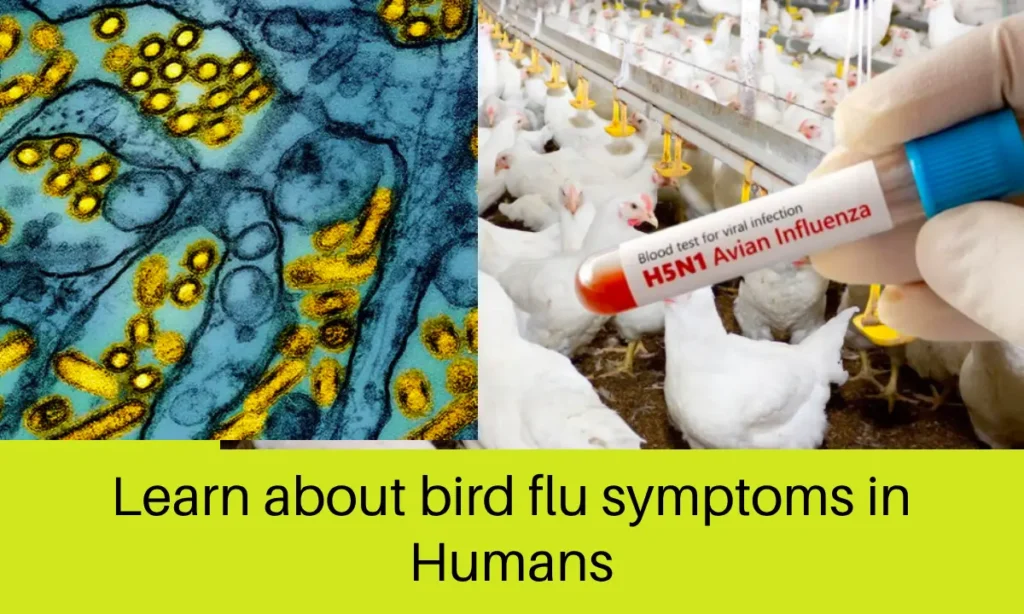The United States has reported its first severe human case of bird flu H5N1, with a man from Louisiana being hospitalized after exposure to infected or deceased birds on his property. This incident, confirmed by the Centers for Disease Control and Prevention (CDC), brings the total number of avian influenza infections in the U.S. during the 2024 outbreak to 61.
Table of Contents
- H5N1 Bird Flu: A Growing Concern
- Symptoms and Risks for Humans
- How Is Bird Flu Treated?
- Prevention and Diagnosis
- Rising Concerns Over Virus Adaptability

H5N1 Bird Flu: A Growing Concern
The H5N1 virus, part of the D1.1 genotype, has recently been identified in wild birds, poultry, and human cases in the U.S., particularly in Washington state and Canada’s British Columbia. This genotype differs from the B3.13 strain, which has primarily been detected in dairy cows, poultry outbreaks, and human cases with milder symptoms such as conjunctivitis.
According to the CDC, there is no evidence of human-to-human transmission of the virus. However, the agency emphasizes that infected wild birds, backyard flocks, and commercial operations are significant sources of exposure.
Symptoms and Risks for Humans
The H5N1 bird flu can cause a range of symptoms in humans, including:
- Mild symptoms: Fever, cough, sore throat, and eye infections.
- Severe symptoms: Pneumonia, severe respiratory illnesses, and fatal complications.
Transmission occurs through contact with infected birds’ saliva, mucus, feces, or respiratory secretions. In some cases, the virus may also spread through bodily fluids of other animals.
While the virus’s incubation period is typically 2 to 8 days, it can extend up to 17 days, which is longer than that of seasonal flu.
How Is Bird Flu Treated?
The CDC recommends administering antiviral medications like oseltamivir (Tamiflu), zanamivir (Relenza), or peramivir (Rapivab) to individuals confirmed or suspected of having avian influenza. Treatment should begin as soon as possible for effective results.
Prevention and Diagnosis
To prevent infection, experts advise avoiding direct contact with sick or dead birds and practicing good hygiene. Proper handling of raw animal products, such as poultry and milk, is also essential.
If avian flu is suspected, healthcare providers can diagnose the disease through nasal or throat swabs, or by testing eye fluid in cases of conjunctivitis.
Rising Concerns Over Virus Adaptability
The increasing frequency of avian influenza infections in mammals and the virus’s adaptability have raised concerns among health officials about potential cross-species transmission. However, the CDC continues to assert that the risk to the general public remains low.
This case underscores the importance of vigilance in monitoring wild birds, backyard flocks, and commercial operations for signs of avian influenza, as the virus poses a serious threat to both public health and the agricultural sector.
For more updates on avian influenza and preventive measures, stay tuned to reliable health sources.
Source – https://www.merca20.com/bird-flu-what-are-its-symptoms-in-humans/
A passionate content creator specializing in viral trends, fashion, beauty, and news. With a keen eye for the latest in style and pop culture, Dilshan Senarath delivers fresh, engaging insights that keep audiences informed and inspired. Expertise in curating viral stories with style and impact.